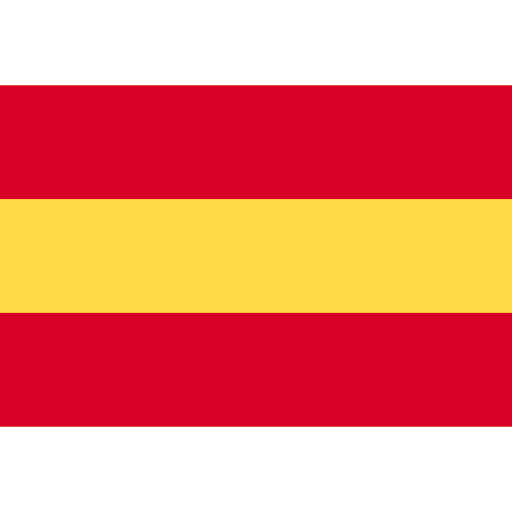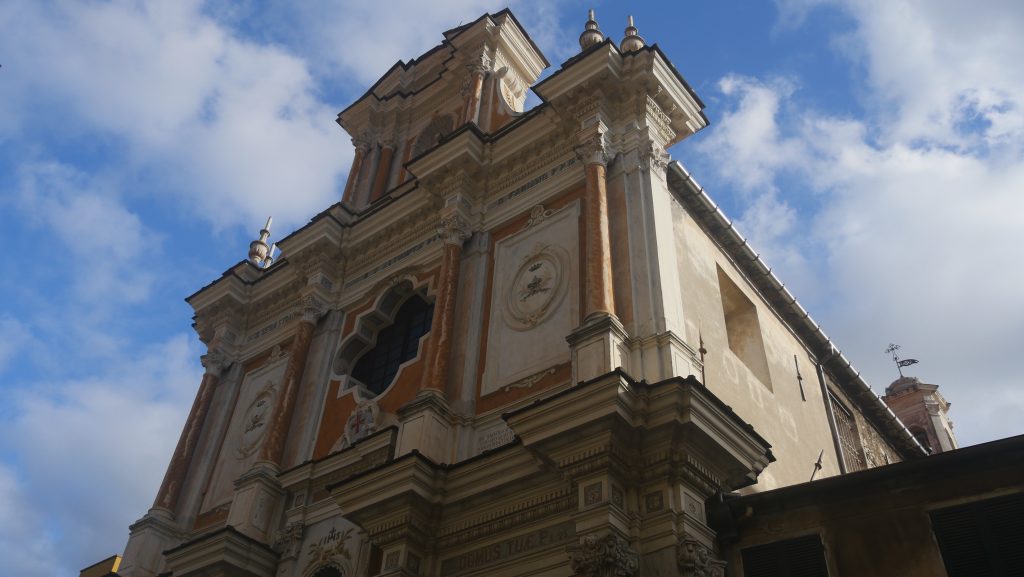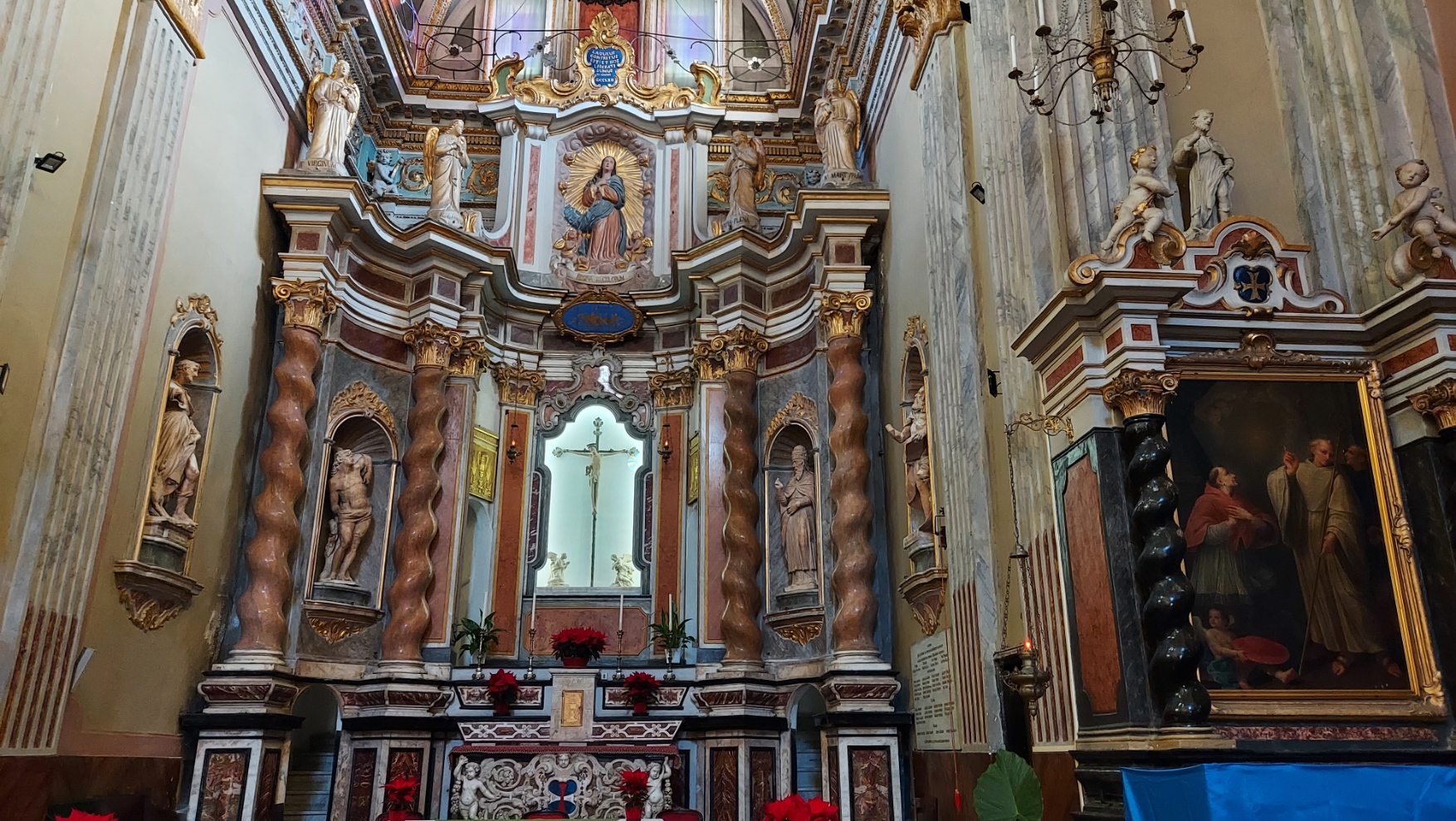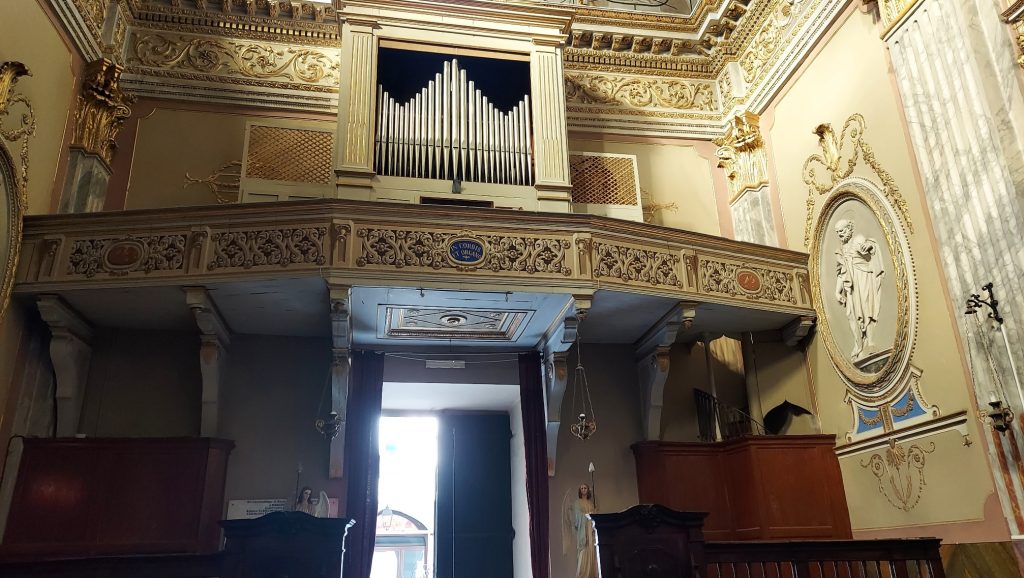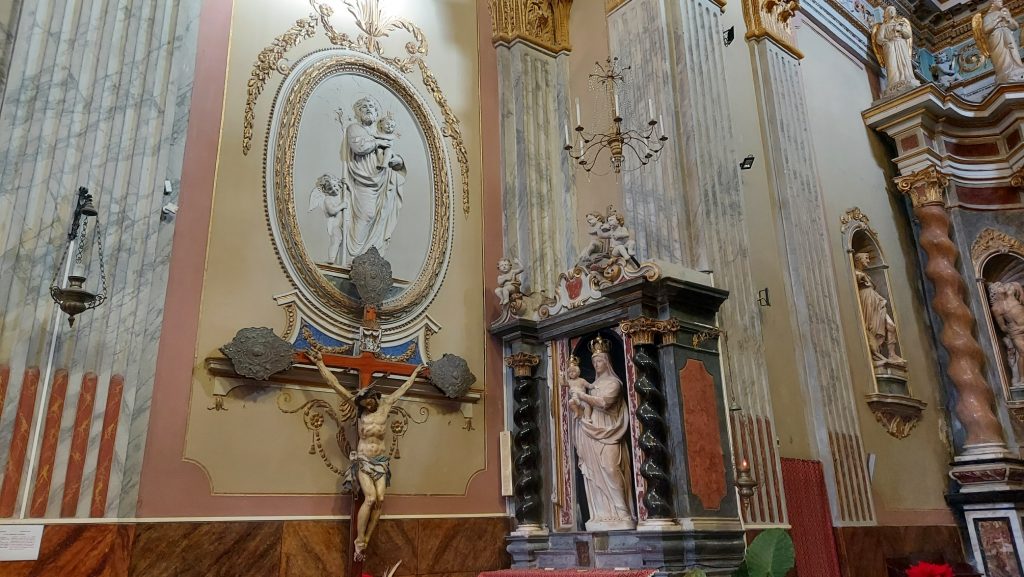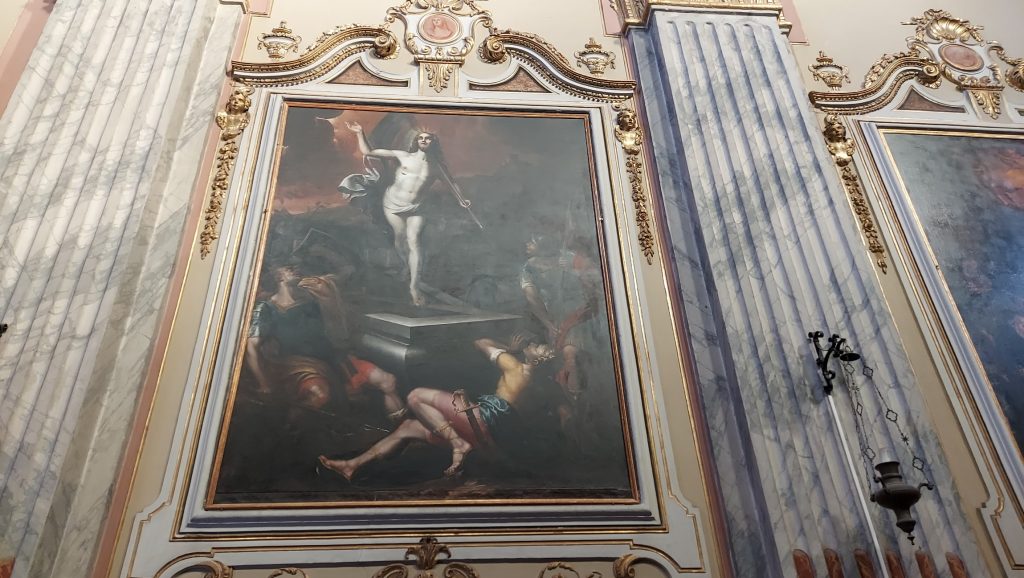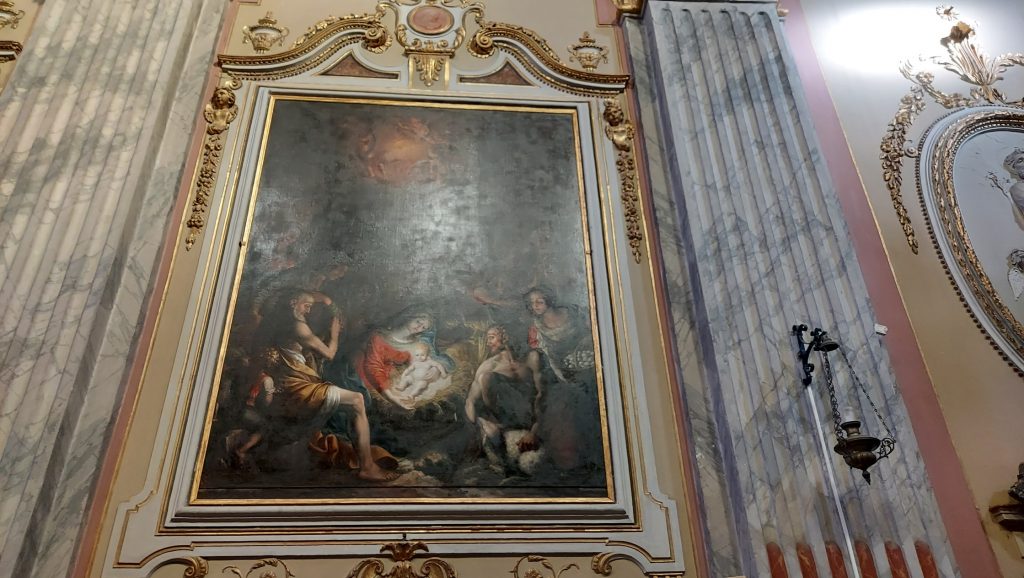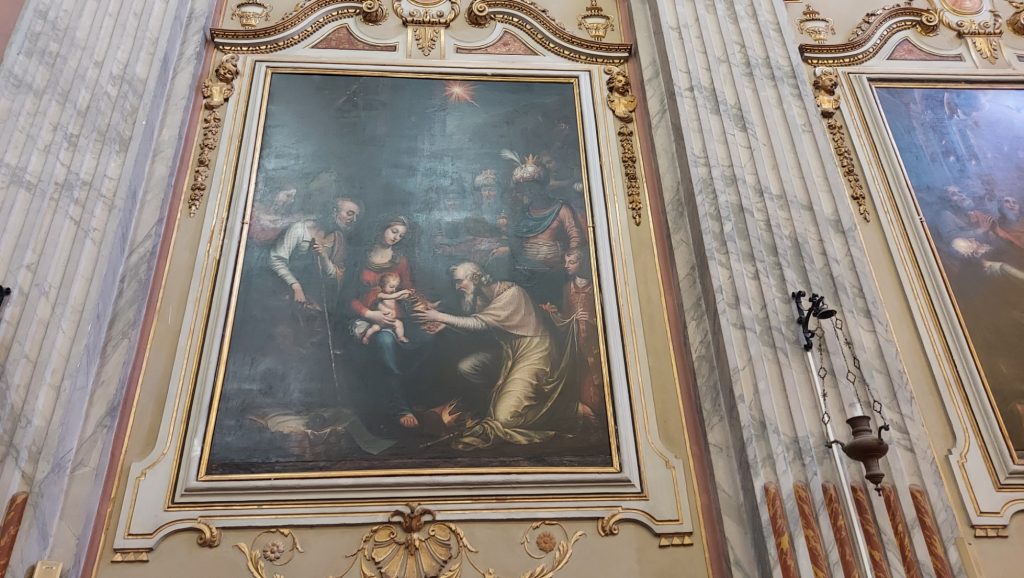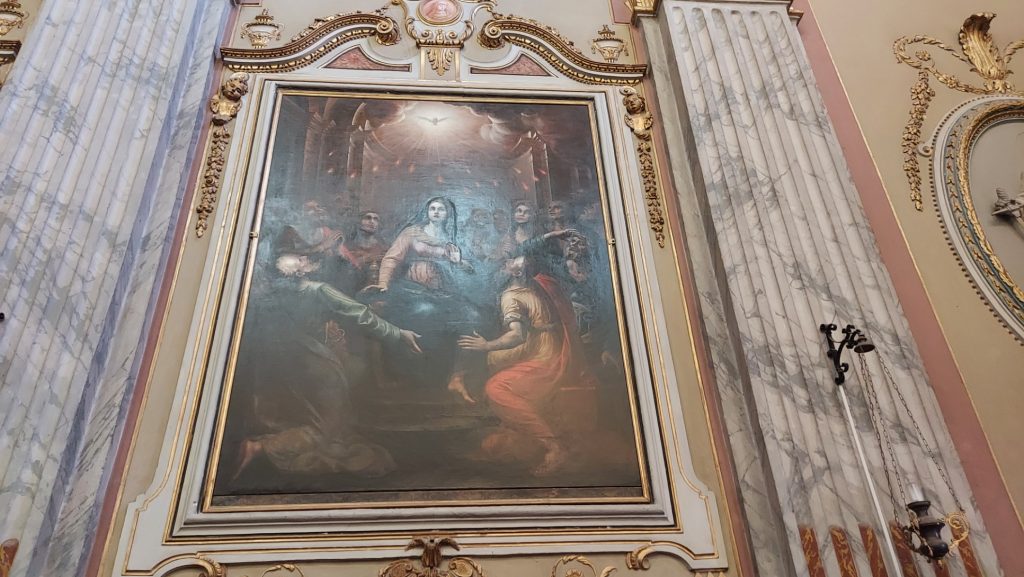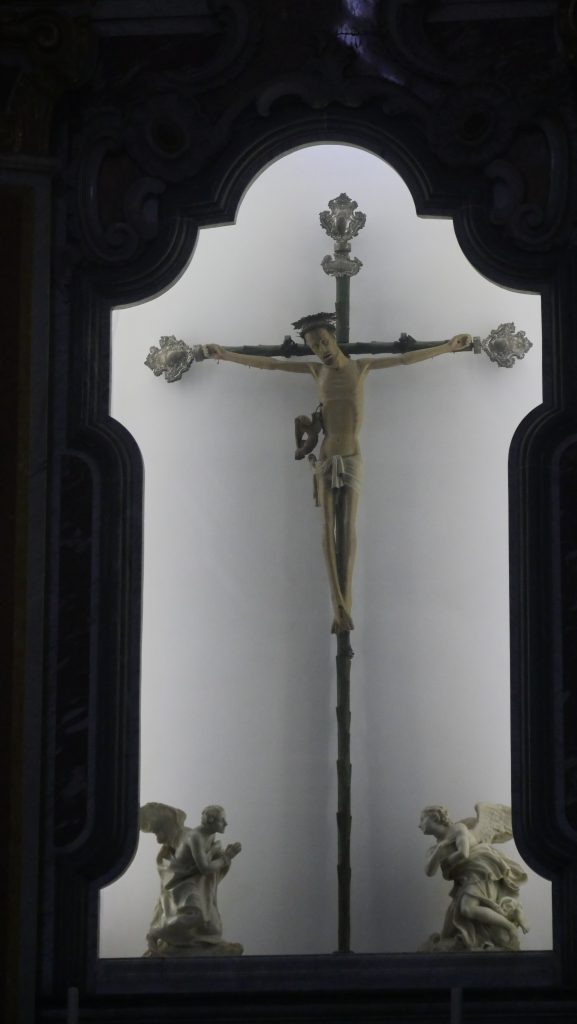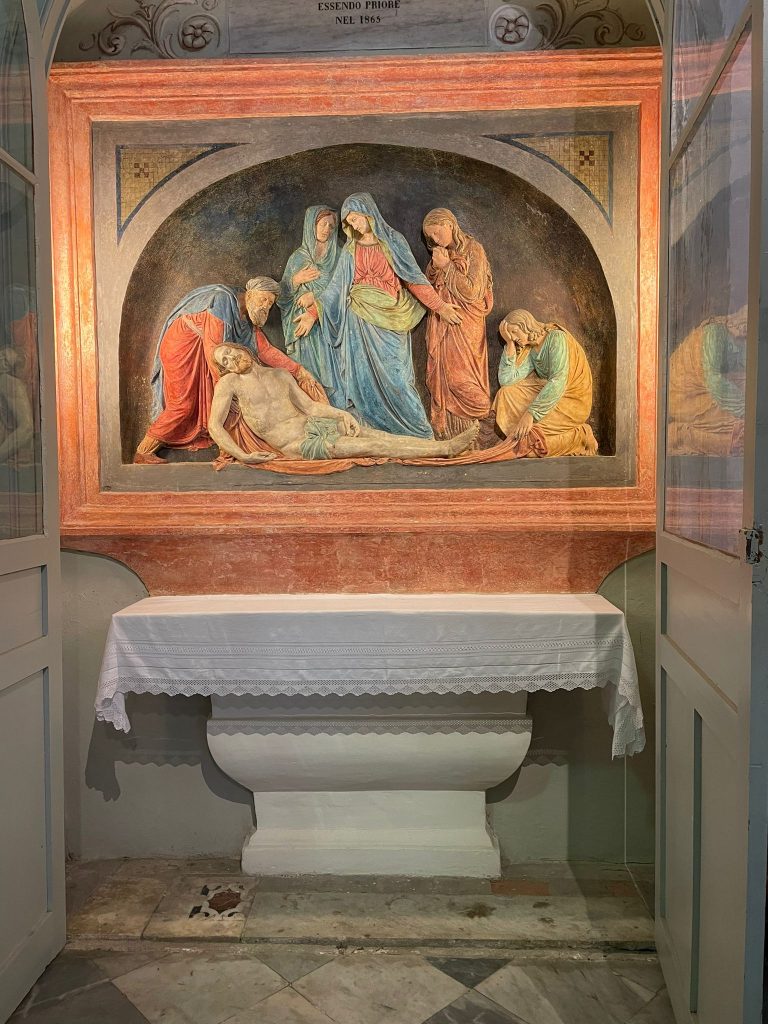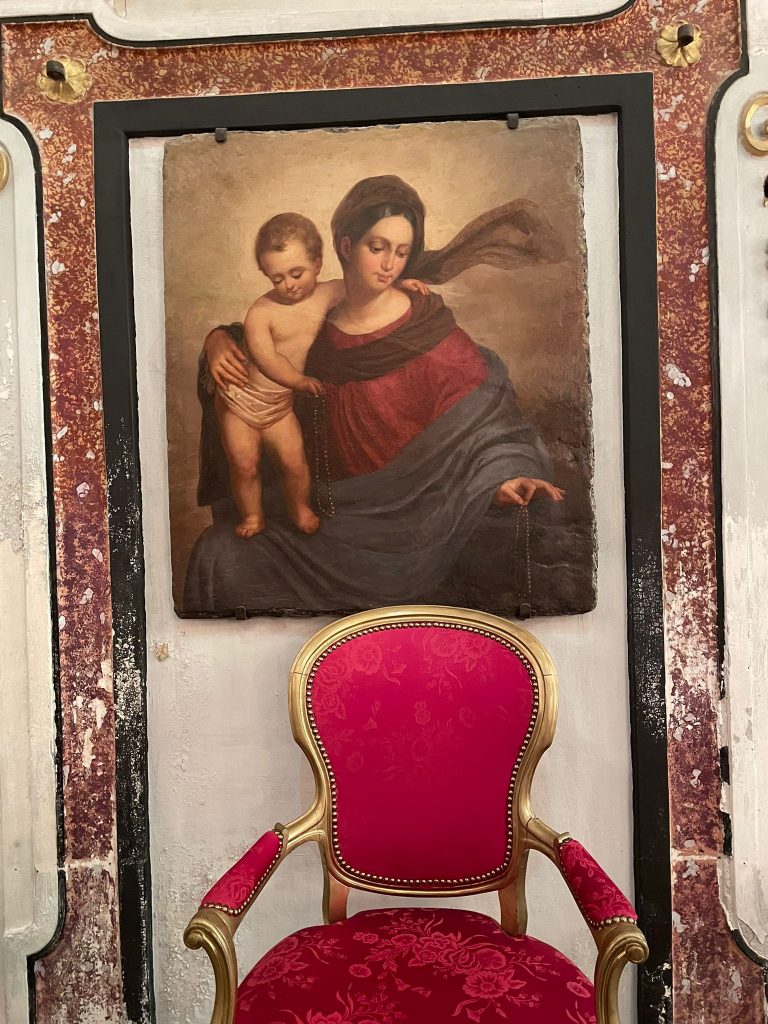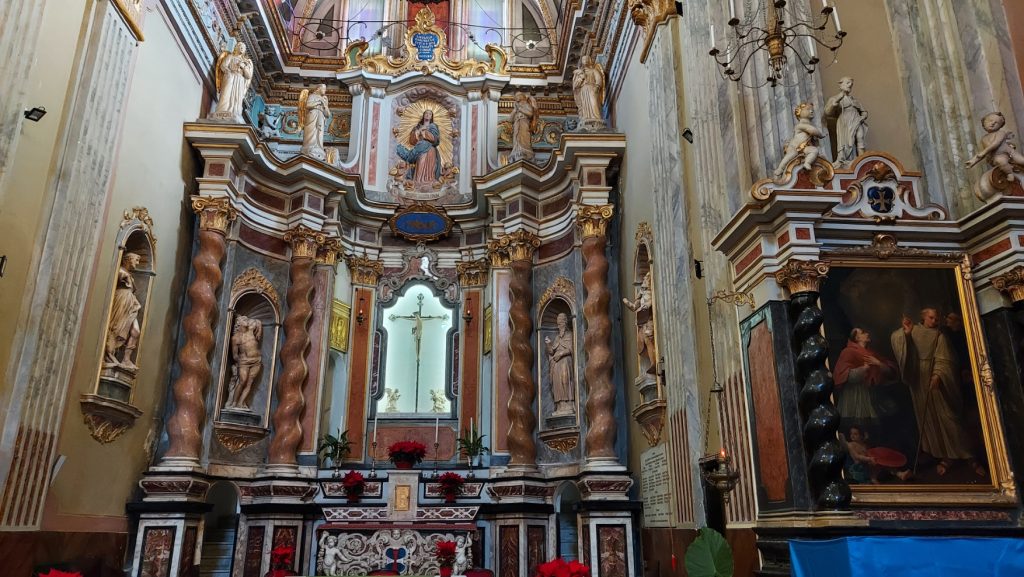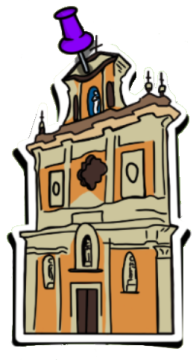
Oratorio Santi Fabiano e Sebastiano
The church entitled to the Saints Fabiano and Sebastiano, headquarters to the Whites, was built in 1454 and later expanded, decorated and restored in the following centuries.
It’s located at the end of Via Soleri, known as “u Pantan” (il pantano/the swamp); this road was flooded in 1908 with serious consequences after the overflow of the Argentina river.
At that time, when Cardinal Fieschi authorized the Brotherhood of the Gonfalone to establish themselves here, the area was almost deserted; there was onlu a little hamlet with a small chapel. In fact building his headquarters in desolate places was a habit for the Brotherhood.
When between the 1200 and the 1300 the parochial church was restored, this oratory was used as a parish. As a sign of gratitude for the received hospitatily, the parish clergy used to celebrate his functions there during the holiday of San Fabiano e Sebastiano.
On the vault of the church is reproduced the “Gonfalone” (bicolor cross), badge of the Brotherhood, whilst four great paintings on the walls represent: The Worship of the shepherds, the Worship of the Magi, the Resurrection and the Pentecost. They are made by Giovanni Battista Oggero, much appreciated and sought-after by noble families at that time. The paintings were donated to the Brotherhood by Marquis Spinola.
What emerges in the church is the Major Altar, in a Baroque style; it’s the point in which converges the attention both celebrants and the believers, the favored place of encounter with God.
Keeping vigil, there’s the venerated Crucifix, a precious processional object: the most eloquent sign of the love of God, that gives himself entirely to us, and at the same time is a concrete sign of poverty and the fragility of the human condition. Coming from the ancient headquarters of the Brotherhoods in the Colletto’s area, it presents a wooden green cross. The statue of Christ, of Ligurian school, preserves in the crown of spikes some locks of human hair.
Pastorelli Domenico, In 1753, offered the three silver cymatiums, finely carved, that adorn the cross, and also the silver halo on top of Jesus’ crown of spikes. When the brotherhood installed in the new headquarters, the venerated Crucified Christ was placed in a chapel underneath the church; later, was transferred in a choir. The current placing is consecutive to the restoration work after the catastrophic earthquake of February 1887.
Since then until 1952, every Holy Friday, the brothers set up a temporary wooden staircase, to allow the faithful to get close to the sacred image and idolize it. From this custom was born the idea of providing the altar of its own lateral stairs in marble, that nowadays allow to get close to the Crucifix in total security.
The tradition narrates as an anecdote that, on a reunion of the Brotherhoods near the shrine in Mondovì, the Christ, left momentarily unattended, said: “My brothers, don’t leave me!”
Photos
Video



